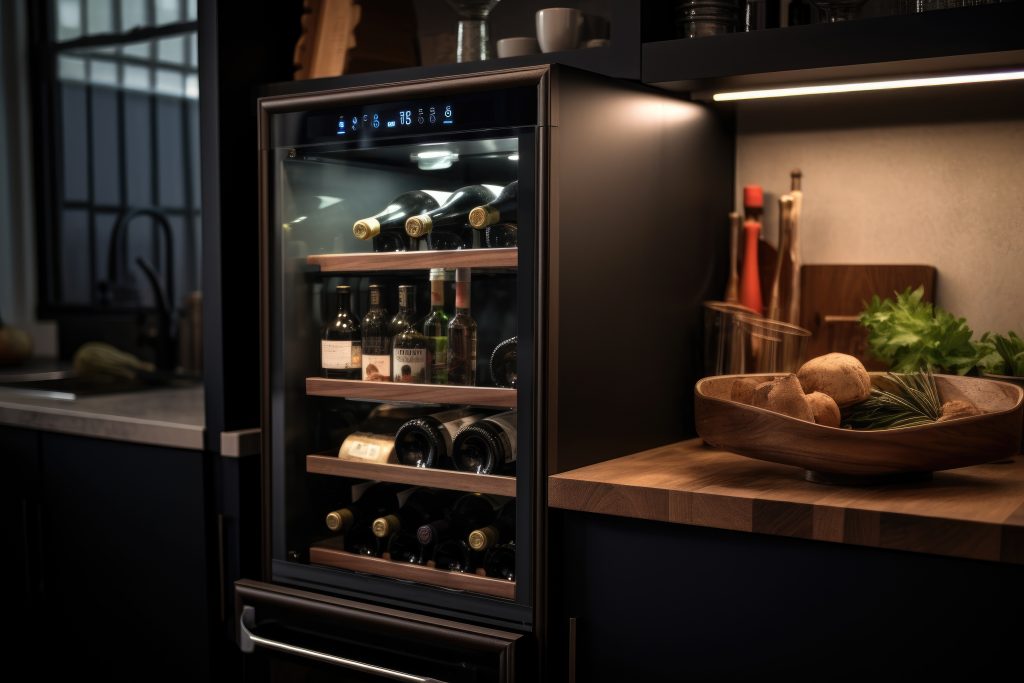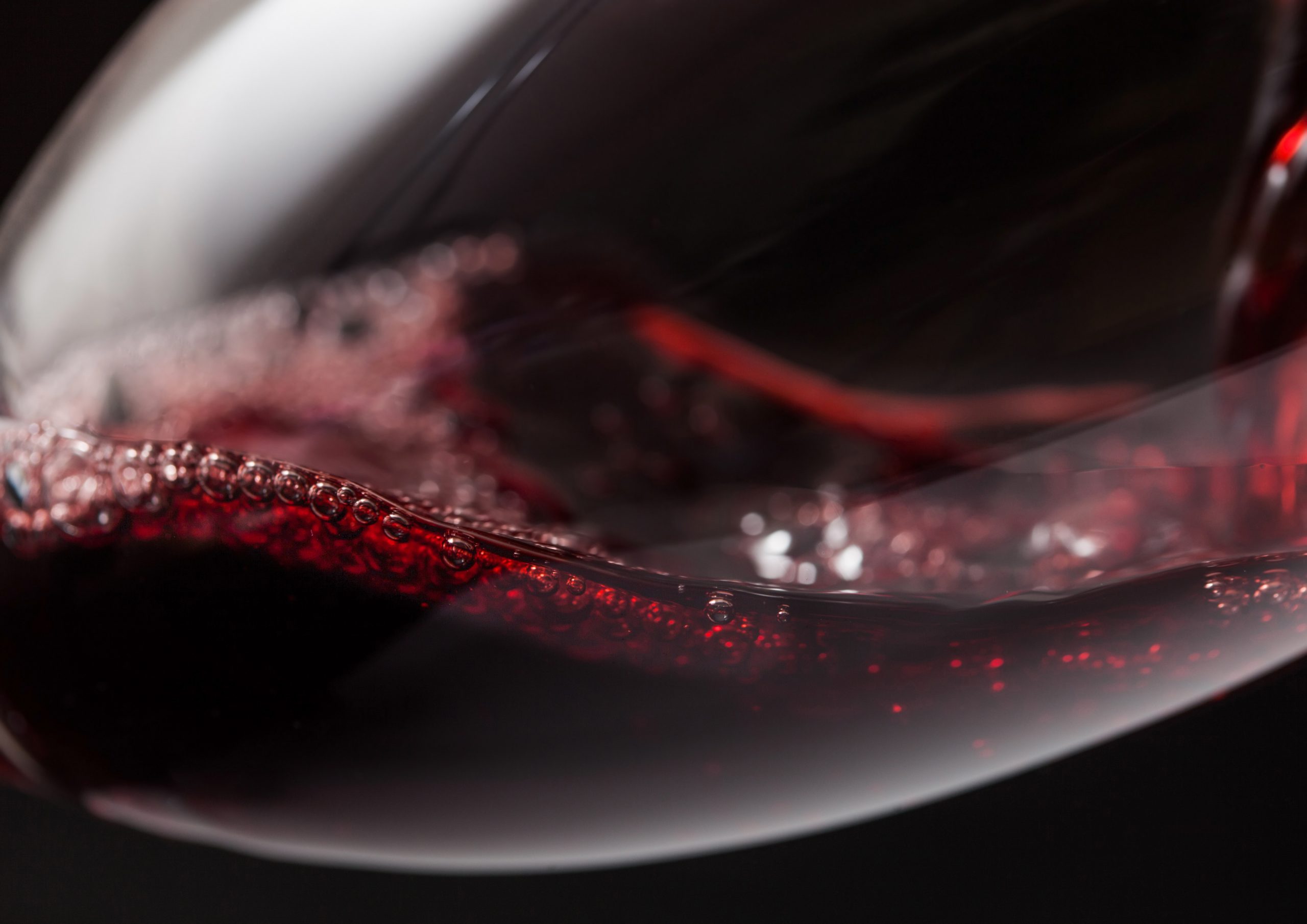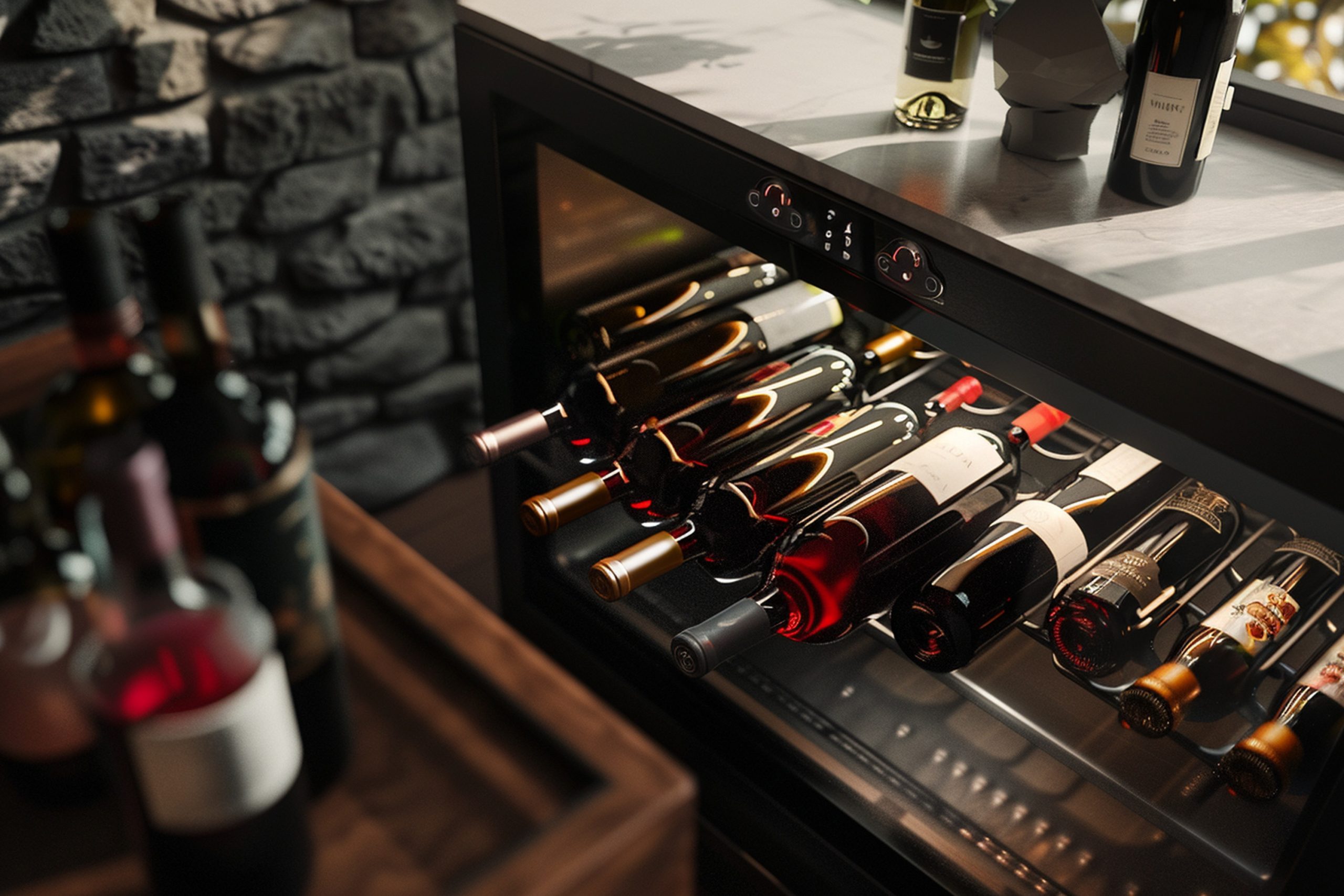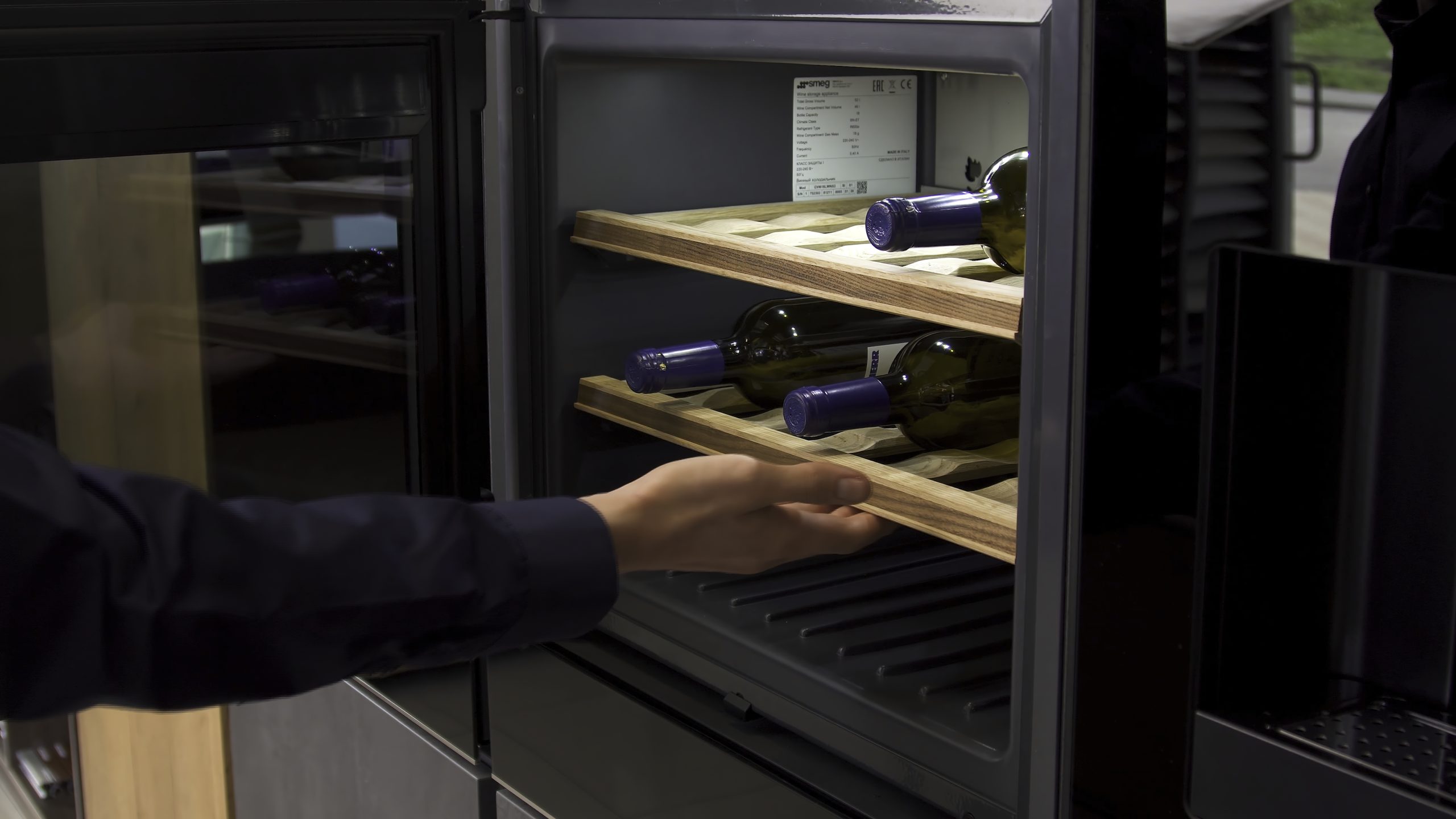In this should you refrigerate wine guide, we’ll let you know the best storage method for red, white and sparkling wines. We’ll also offer some top tips on serving and extending their shelf life.
Have you ever looked forward to a relaxing glass (or two) of fine wine only to find a foul taste in your mouth after serving straight from the fridge?
If you don’t have a wine fridge, you might assume that refrigerating wines in the kitchen fridge would be the best way to preserve them. But this can actually decrease the shelf life of many varieties.
So, do you prefer to drink deep reds by a snug fireplace? Or, do you prefer to sip chilled white to unwind on an evening?
Regardless of which wine typically takes your fancy, you need to know when it’s appropriate to store it in the fridge and, just as importantly, when it isn’t.
Refrigerating Open Bottles of Wine
Before we dive into storage tips for specific types of wine, we need to point out that all wines – whether red, white or sparkling – should be refrigerated once opened.
The Oxidation Process
When wine is exposed to air, the oxidation processes can negatively affect the wine’s aromas and taste.
In some cases, you may want to oxidise your wine intentionally to soften the tannins, particularly if it’s a full-bodied wine. This is why some sommeliers let their wine ‘breathe’ by swirling it before serving.
Nevertheless, you shouldn’t let your wine sit open on the counter for too long. It’s best to refrigerate open bottles of wine in between pours, though you may need to let your reds rest for a few minutes outside of the fridge to reach their optimal temperature before serving.
Recorking Your Bottles
It’s usually best to recork your bottle immediately after pouring, preferably with the original cork or a wine stopper that enables you to create a tight seal.
It’s advisable not to freeze wine, however if you must, learning about the wine freezing process and how freezing affects wine beforehand is advisable. You can store most opened bottles of wine in a standard kitchen fridge for three to five days.
Should You Refrigerate Red Wines?
Even without a wine fridge, you can keep your finest of red wines from spoiling for years with relative ease.
Assuming it is unopened, red wine is best stored in a dark, cool place where the temperature and humidity remain relatively stable.
Ideal Long-Term Storage Conditions for Red Wine
Ideally, the temperature should be around 55° F (12.5° C). We recommend keeping your reds out of direct sunlight, and the humidity should be between 50 and 80 percent.
Unless the area in which you live is prone to extreme temperatures, maintaining the correct humidity levels for your red wines shouldn’t be too challenging. You might want to use a dehumidifier if the humidity in your home exceeds 80 percent.
When to Refrigerate Red Wine
Once opened, red wine can last between three to six days in your refrigerator, with full-bodied varieties like cabernet sauvignon usually lasting longer than light-bodied varieties such as pinot noir.
If possible, recork your open bottle of red using the original cork, and store it on a horizontal wine rack.
Serving Tips for Red Wine
The optimal serving temperature for red wine is between 60-68° F, which is slightly cooler than room temperature. So, if your reds have been stored in the fridge, let them rest outside for around 30 minutes before serving.
Do You Refrigerate White and Rosé Wines?
Prefer a refreshing glass of white or rosé to the deeper red varieties?
Whichever tickles your fancy, you’ll be glad to know there’s little difference between the long-term storage needs of red, white or rosé.
But you do need to make use of your fridge to be able to serve white wine at its finest, and potentially for short-term storage.
Ideal Storage Conditions for White and Rosé Wines
Without a wine fridge, the best way to keep whites and rosé pristine for the long haul is the same as it is for reds.
Store unopened rosé and white in a dark cool place away from direct sunlight with a temperature that stays around 55° F. Humidity levels should consistently stay between 50 and 80 percent, and you can use a dehumidifier if your local climate demands it.
Can You Refrigerate Rosé and White Wine?
While you probably shouldn’t refrigerate unopened bottles of red wine, you can refrigerate your whites and rosés, but only for short-term storage.
Keeping whites and rosés in a typical kitchen fridge can bring their temperature down to as low as 35° F, which can have a negative impact on their flavour.
Refrigerating White and Rosé Wine Before Serving
As you may already know, rosé and white wines are usually best served chilled.
To enjoy them at their optimal temperature of around 48° F, let your whites and rosés cool down in the kitchen fridge for an hour or two before serving. If the wine is too cold, just let it sit outside the fridge for a few minutes.
Refrigerating Open Bottles of Rosé and White Wine
You can expect open bottles of rosé and white wine to last between three and five days in the fridge. Fuller-bodied varieties like chardonnay tend to spoil faster than more acidic wines like sauvignon blanc.
Should You Refrigerate Sparkling Wine?
Even though sparkling wine is best enjoyed ice cold, you shouldn’t necessarily keep it in the kitchen fridge – not until you’re ready to enjoy it anyway.
Best Long-Term Storage Conditions for Sparkling Wine
When it comes to storing sparkling wines for months or years, it’s best to use a wine fridge.
If you don’t have a wine fridge for your collection of bubblies, keep them in a cool, dark place with a stable temperature that doesn’t exceed 55 °F.
Also, you might want to keep your bottles stored upright to avoid speeding up the oxidation process – it’s crucial that your best sparkling wines retain their fizz!
Sparkling Wine Serving Tips
You should serve sparkling wines at an ice-cold temperature of between 40 and 50 °F so that they retain their trademark fizz.
You can chill sparkling wines to the desired temperature by leaving them in the freezer for 30 minutes. Alternatively, you can achieve the same result in about five minutes by placing your bottles in a bucket filled with salty water and ice.
Visit Bali’s Leading Wine Bar
If you are visiting Bali, don’t miss the chance to visit one of the best wine bars on the island; Belle Wine Bar & Grazing Boards. With over 25 wine varieties on offer, knowledgeable and warm service and a chic decor, Belle promises a one of a kind experience in Bali.




